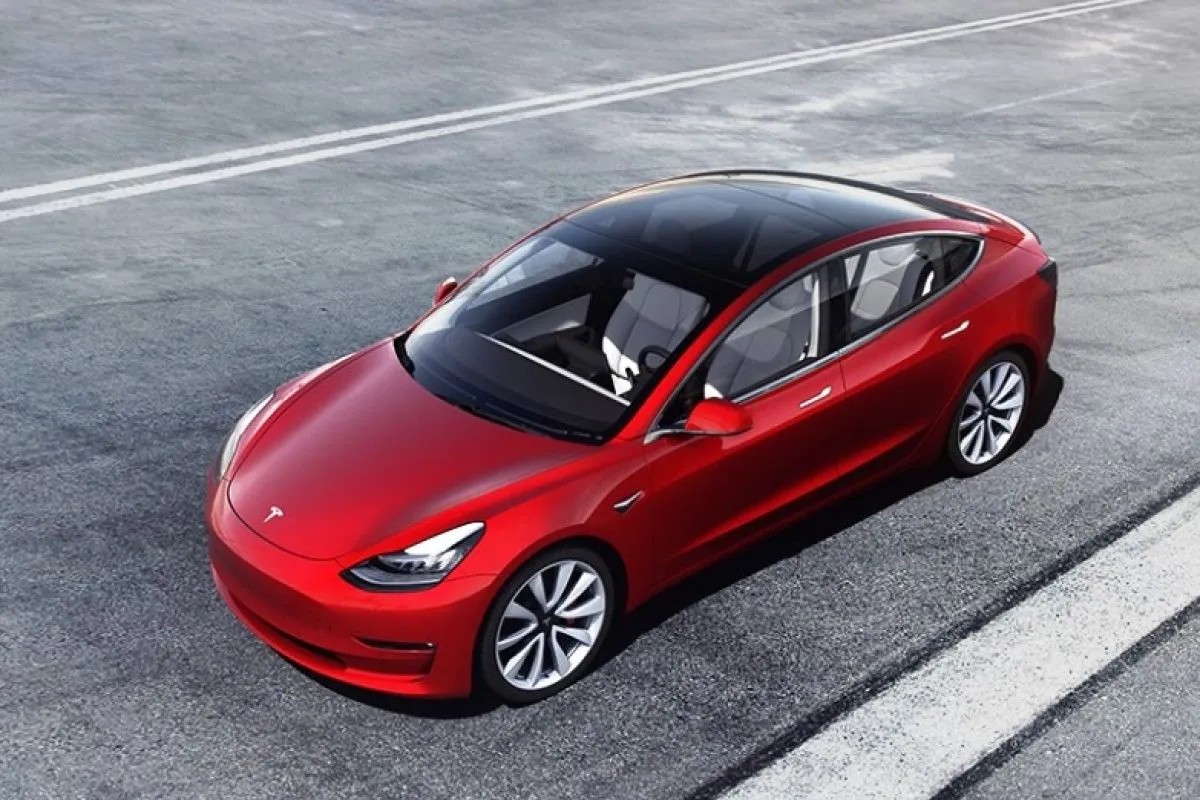New York – Tesla, long regarded as the benchmark of innovation in the electric vehicle industry, finds itself grappling with an increasingly challenging market landscape as its latest earnings report reveals weaker-than-expected performance. The company, which has historically exceeded market expectations, delivered results that fell short in revenue and profitability, raising concerns about its ability to maintain its dominant position in the EV sector. Following the earnings release, Tesla’s stock initially plunged by 6% in after-hours trading before recovering slightly as investors assessed the broader implications of the report.
The financial results paint a picture of growing challenges. Tesla’s revenue for the quarter reached $25.7 billion, but this figure was significantly lower than analysts’ projections, falling short by approximately $1.5 billion. Although net income saw a modest 3% increase from the previous year, reaching $2.5 billion, the number still failed to meet expectations. The most significant red flag for investors, however, was the decline in Tesla’s profit margin, which dropped to 13.6%, well below the 16.2% predicted by analysts. For a company that has long relied on its strong margins to maintain investor confidence, this contraction signals increasing pressure on Tesla’s profitability.
The earnings miss is a reflection of a rapidly shifting EV market where competition has reached new levels. In North America, Ford and General Motors have ramped up their electric vehicle efforts, launching models that compete directly with Tesla’s best-selling vehicles. In China, Tesla is facing relentless competition from domestic manufacturers, who have leveraged cost advantages and government incentives to capture significant market share. In Europe, Volkswagen, BMW, and Mercedes-Benz are expanding their electrification efforts, further squeezing Tesla’s foothold in the region. This heightened competition has forced Tesla to reduce prices across several markets, a strategy that has helped sustain demand but at the cost of lower profit margins.
Despite these hurdles, Tesla remains committed to its long-term vision, reaffirming its plans to introduce an affordable electric vehicle in early 2025 and to launch its ambitious autonomous taxi project, the “Cybercab,” by 2026. While these projects have the potential to redefine mobility, investors remain wary given Tesla’s history of delayed production timelines and overly optimistic projections. The company’s ability to deliver on these ambitious plans will be crucial in determining its future trajectory.
Adding another layer of complexity, Tesla is facing increased scrutiny due to its CEO’s political engagements. Elon Musk’s close association with President Donald Trump’s administration and his role in the Department of Government Efficiency (DOGE) have sparked debates over Tesla’s future policy landscape. Trump’s proposal to eliminate the federal EV tax credit could have significant repercussions for Tesla’s consumer base, potentially making its vehicles less accessible and dampening demand.
Furthermore, Musk’s vocal support for far-right political movements in Europe has raised concerns that Tesla’s brand, long associated with innovation and sustainability, could become increasingly polarizing. With a customer base that includes a significant portion of progressive, environmentally conscious buyers, any misalignment in political perception could impact brand loyalty and sales.
Tesla enters 2025 at a crossroads, facing financial, competitive, and political challenges that could shape the company’s future in ways few could have predicted. Investors, industry observers, and consumers alike will be watching closely as Tesla charts its course in an increasingly uncertain landscape.






